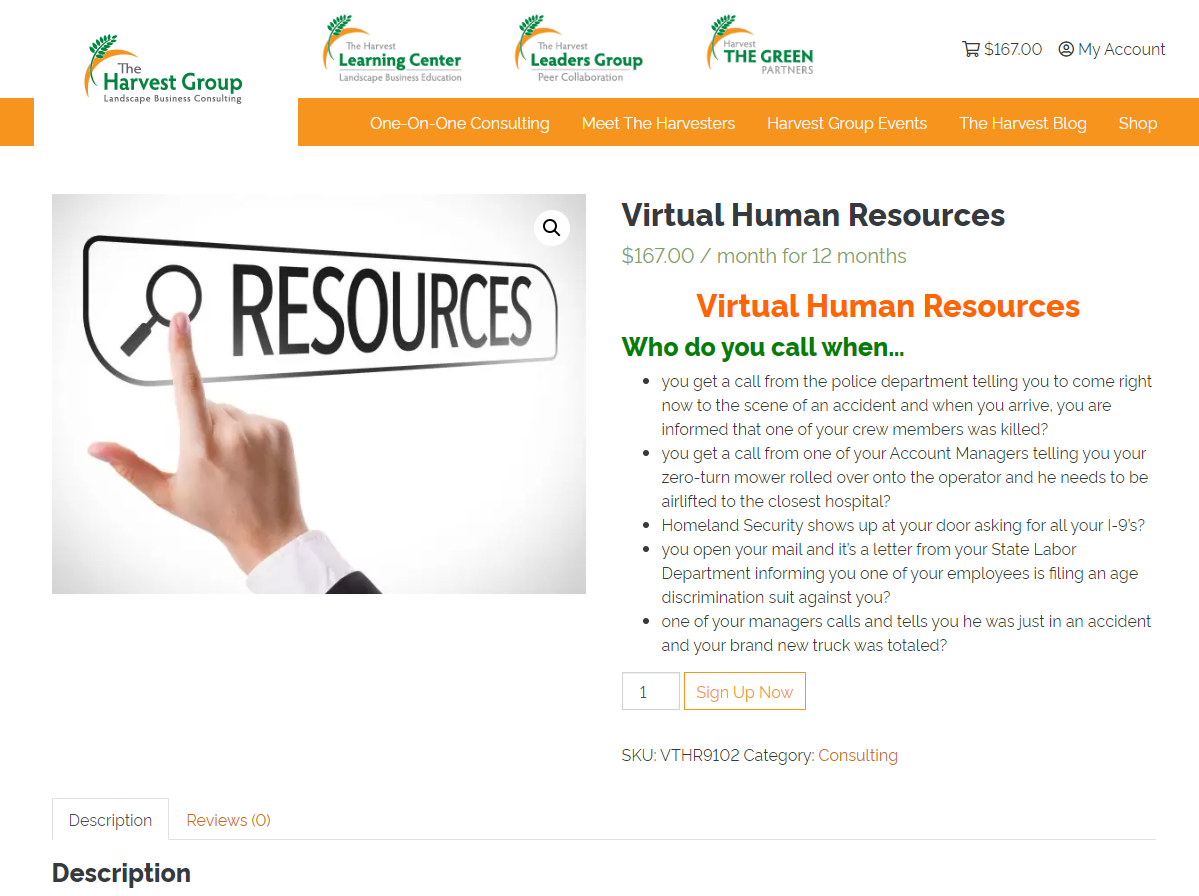
Top 10 Most Important Human Resources Documents
It is common knowledge that human resources is becoming increasingly bureaucratic, well beyond its original overwhelming level of paperwork, regulations, and guidelines. While many human resources documents have relative value to an organization, it is difficult to accommodate all of them equally. To distinguish those documents with relative value from those with lesser value, the following list is provided as a guide to help prioritize the actual importance of human resources documents correctly.
1) I-9 FORM
Federal law requires all active employees and designated former employees have an accurate I-9 Form on file. All active employee I-9 Forms should be scanned or kept in a three-ring binder organized alphabetically by employee last name. All inactive employee I-9 Forms should be scanned or kept in a three-ring binder organized chronologically by destruction date.
2) OSHA RECORDS
In addition to the standard OSHA records (i.e., 5 years of OSHA 300, 300A, and 301 Forms), companies should also maintain various other documents related to employee safety including: weekly tailgate sign-in sheets and corresponding training materials, as well as records of Safety Data Sheets, Lockout/Tagout transactions, Globally Harmonized System training, Injury and Illness Prevention Programs, and chemical use records.
3) EMPLOYEE HANDBOOK
The employee handbook is the administrative Bible for an organization, outlining policies, standards, and performance expectations. Without the employee handbook, it is virtually impossible to hold an employee accountable to organizational norms, procedures, and practices. Most noteworthy is that the employee handbook conveys the at-will employee relationship between the employee and employer. To that end, the company must have a signed employee handbook acknowledgment statement on file for every employee.
4) JOB DESCRIPTION
The job description is the cornerstone of the human resources function in that it has direct application to employee selection, training, performance evaluation, compensation, legal issues (e.g., ADA, FLSA, OSHA), workers’ compensation, discipline, and career ladder development. All companies must have an accurate job description for every position found on the organizational chart.
5) TIMESHEET
The timesheet is the key employee financial record tracking all regular time worked, overtime worked, job costing details, leaves of absence, shift start/end times, meal period start/end times, and various attestations regarding accuracy, legal compliance, and freedom from injury consideration for every payroll period. This document is vital in numerous potential wage and hour issues that can prove extremely costly to the company.
6) PERFORMANCE APPRAISAL
An annual performance appraisal must be found in each employee’s personnel folder. The performance appraisal is the pivotal documentation form summarizing an employee’s strengths, weaknesses, and performance goals. Without a performance appraisal, employee accountability and by derivation, organizational defensibility relative to a wrongful termination claim, become increasingly problematic.
7) ARBITRATION AGREEMENT
The Arbitration Agreement defines the employee’s consent to address serious disputes with the employer by way of binding arbitration in place of a lengthy, costly, and damaging jury trial. Similar to the employee handbook, and confidentiality agreement, this legal document should be revised and re-signed by every company employee each year.
8) CONFIDENTIALITY AGREEMENT
The Confidentiality Agreement prohibits employees from: divulging proprietary company information to unauthorized parties; soliciting company clients, employees, or partners away from the company’s service; and retaining any confidential information at the time of dismissal from the company.
9) JOB APPLICATION
The job application begins the human resources paper trail for every employee. In its most basic form the job application, captures relevant information on the employee (e.g., name, address, telephone number), summarizes the employee’s work and education history that are used as screening tools to determine if an interview should occur, and introduces the at-will employment relationship to the applicant for the first time.
10) CONDITIONAL JOB OFFER LETTER
The conditional job offer letter formalizes the terms of employment by stipulating the start date, position title, supervisor’s name, starting pay rate, exempt or non-exempt status, benefits programs, the at-will employment relationship between the employee and employer, and conditional requirements (e.g., drug and alcohol test, driving record, background investigation). The clarity of this document promotes useful communication intended to avoid potential confusion, litigation, and improper planning.
If you have any questions or comments about this topic or anything else related to human resources, simply call me at (760) 685-3800.
Check Out Harvester Steve Cesare’s
NEW OFFERING!
Harvest Group Partners
Click the icon below to download the Harvest Group Mobile app!
What do you want to learn more about?
The Harvesters want to know what topics you would like to see us discuss. Click below to submit your ideas!





